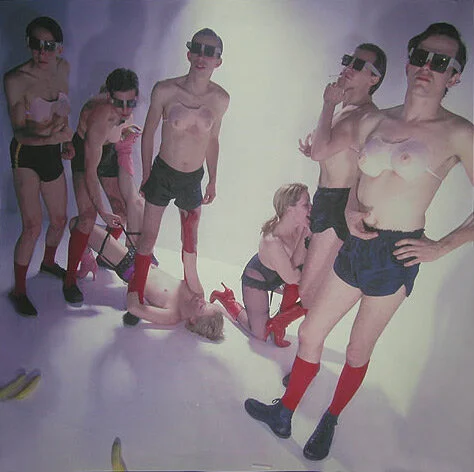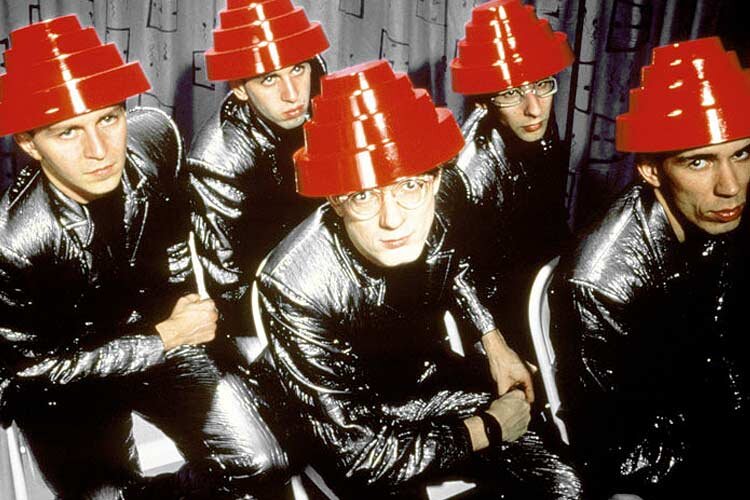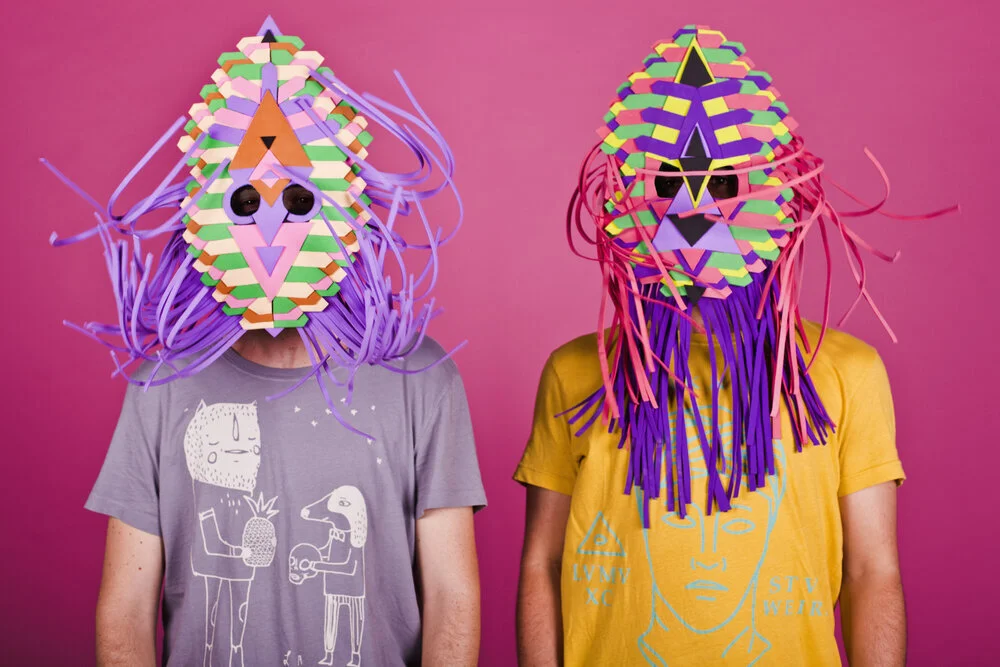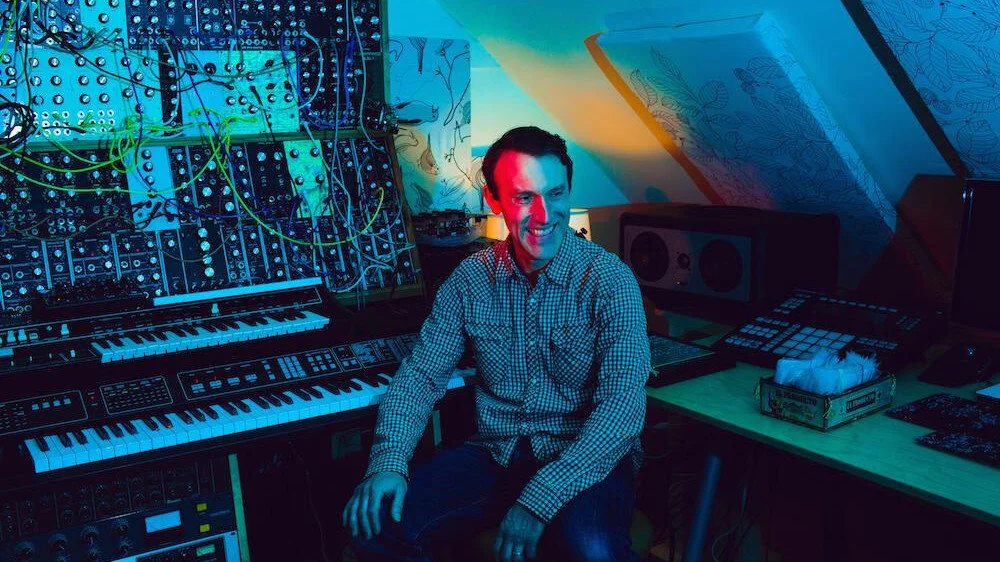An exclusive interview with Shirley Manson of Garbage discussing the release of the 2016 album Strange Little Birds, being queer, Los Angeles plastic surgery follies, and more.
Devo’s Gerald Casale on De-evolution and the Meaning of ‘Whip It’
The narrative of Devo follows a labyrinthine maze through the shattered idealism of the ’60s, the record-label monopolies of the ’70s, and the cocaine-addled New Wave scene of the ’80s. Recently reemerging for present-day collaborations with artists like Adam Freeland and Teddybears, the sometimes famed, sometimes infamous Devo have been busy of late.
Don't Shoot, We're Devo: Part II
Even today, some 40 years after the band’s debut, there are legions of Devo-tees. Perhaps it’s due to the philosophy of De-evolution and the precocious employ of musical, visual and philosophical elements before it was in vogue. Perhaps it’s an inevitable outcome of years spent releasing daring records bound to off-the-wall antics, to court popularity and success while simultaneously shunning it. Perhaps it’s just the magnetism of the yellow-jumpsuit-”energy-dome” combination.
Don't Shoot, We're Devo: Part III
Scrunchies. Jazzercise. The Gremlin car, in all its hatchback deformity. Cone-shaped bras. Jell-o fruit salad. Members Only jackets. Hammer pants. Over the course of a decade, countless trends have lit the pop-culture landscape and receded into obsolescence. What is it, then, that endures about Devo? Why does their 1978 album, Q: Are We Not Men? A: We Are Devo still sound timely nearly 50 years later? Why do their energy-dome hats still look awesome? We met with Devo’s Gerald Casale to find out.
The Alternate Universe of Dengue Dengue Dengue
Behind the Technicolor masks worn by Peruvian tropical bass duo Dengue Dengue Dengue are Felipe Salmon and Rafael Periera. The tropical sonic warriors bridge continental divides by uniting the Danelectro-fueled surf rock of sun-bleached 1970s California with psychedelic rock, Caribbean dancehall, German techno, and Amazonian cumbia on the new “Siete Raíces.” It’s a fusion borne of conquistadors, imperialists, and spice traders melding African and Asian rhythms with the tribal Afro-Peruvian sounds of the Andes.
Exclusive Interview: RJD2 on Dame Fortune
RJD2’s new album Dame Fortune finds the Philadelphia producer splashing in the shallow end of the pool before diving into its murky depths. This balance—offsetting the playful with the weighty, both thematically and in production style—has been present in his work since his Deadringer debut.
Exclusive Interview: Greyboy
I’m trying to reconcile the vague preconceptions I have of Greyboy / Andreas Stevens—a playboy of sorts, a sunshine blonde California good ol’ boy who probably calls his guy friends ‘braw’ instead of ‘bro’ and happens to make really slick beats between surfing sessions—with a new idea I have of a Greyboy who would live withdrawn from the sluts and the clubs in a relatively quiet California city.
SuperJane: Four on The Floor
Although they share a common affiliation, the SuperJane crew is far from homogenous. Dayhota spins barefoot, Colette simultaneously sings and spins, Lady D is both a record executive and mother, and Heather regularly spins in the international circuit. Together, these personalities and their quirks comprise a charismatic, colorful, and capable collective.
Exclusive Interview: DJ Colette
What I find today, as I did years ago at some rave in Illinois, is that Colette’s music is timeless. Had that mixtape survived, I’d still be blasting it on a boom box. Hers is a talent that’s survived evolving formats: mixtapes, to vinyl, to CDs, to MP3s; now vinyl again. Her talent has not only survived changing formats, but also riveted generations of music lovers. And it will play on.








